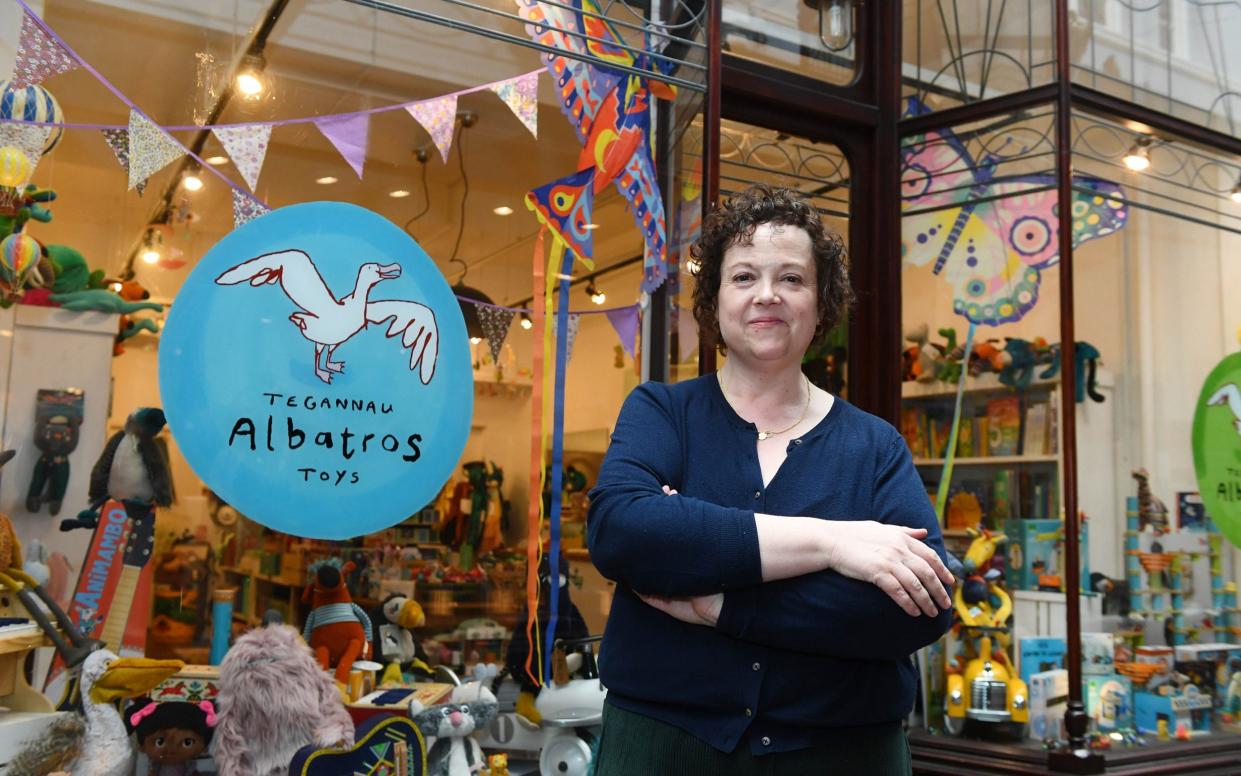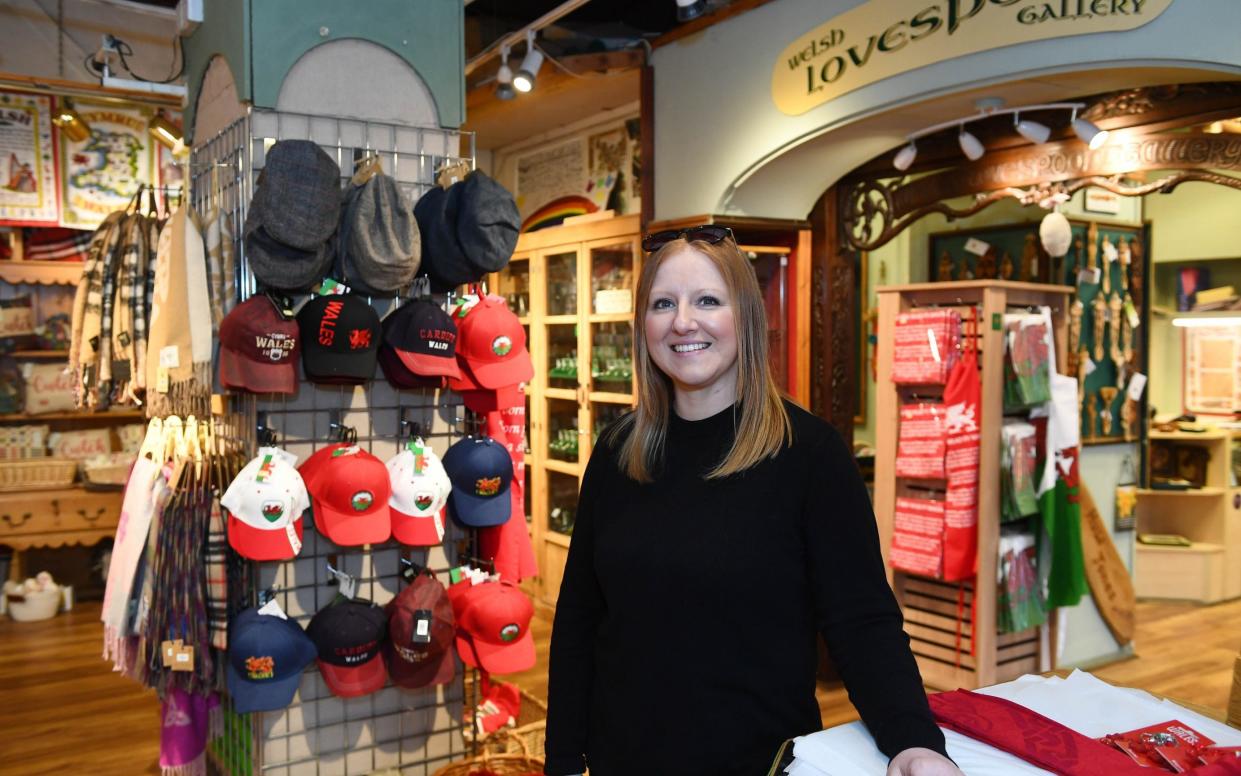Just 3 per cent of shoplifting offences are solved in hotspots, Telegraph can reveal

As few as three per cent of shoplifting offences are being solved in some hotspots for the crime, according to the first nationwide analysis of store thefts by area.
The top five areas - ranging from Soho in central London to Cardiff and Leeds - have been blighted by gangs of armed shoplifters raiding stores and parents deploying their children to steal from toy shops.
In King Edward’s Parade, Eastbourne, 97 per cent of cases went unsolved.
Beleaguered store owners say they have to rely on their own security measures - including one shopkeeper who arms himself with an iron bar - because police will generally only attend where the thieves have used violence or a shoplifter is apprehended.
Many of the shopkeepers said they did not report crimes, which means the data of recorded offences is a fraction of the true scale of the shoplifting epidemic. Policing experts believe it could be as few as one in 20 that are reported to police.

The research comes just a day after The Telegraph revealed a prolific burglar had become the first to be jailed in a private prosecution after the local police force failed to investigate.
Leeds City Centre had the highest number of police-recorded shoplifting offences last year at 2,099 - equivalent to nearly six a day, of which fewer than one in five (19.3 per cent) were solved.
They came top out of 31,000 LSOAs, geographic planning areas in England and Wales comprising 1,000 to 3,000 residents. They were followed by Fitzrovia West and Soho 1,485 shoplifting offences, of which nearly nine in 10 (88.7 per cent) were unsolved.
King Edward’s parade in the centre of Eastbourne, which was in fifth place with 891 offences, had the fewest thefts solved.
Stone and Crossways in Dartford Kent had the highest detection rate with 53.4 per cent of its 1,002 offences solved by police, followed by Cathays South and Bute Park in Cardiff where 28.9 per cent of its 1,346 shoplifting crimes were solved.
The analysis comes as shoplifting rose by more than a third (37 per cent) in a year to a record 430,104 in 2023, equivalent to nearly 1,200 offences a day. The British Retail Consortium (BRC) estimates it is costing £1.8 billion in losses and extra security measures, adding an average of £59 a year to every household’s grocery shop.

Lee Sharp, 55, who owns vintage clothing shop Arcade in Eastbourne, said that despite the quiet image, the seaside town had a real problem with shoplifters. “You need a baseball bat,” he said. “It’s incredible. It’s mostly addiction driven and that’s a real seaside thing. Homelessness is a real issue as well.
“Eastbourne is a really nice town and I don’t want to do it down. I’m not that tough but I have to have a real zero-tolerance policy, I don’t tolerate them at all. I follow them around with an iron bar and use my gruff voice.
“It’s not worth calling the police because they are too busy to deal with it.
“You used to get people asking you for money outside the train station and on the street but now they come into the shop and ask for money.”
Small store owners say supermarkets can make it worse for local businesses because they have no intervention policies for staff because of the legal implications if they were injured trying to stop a shoplifter.
Eastbourne shop owner Furkan Yilmaz said: “When I first opened they came in and showed me Bags for Life full of stuff from Tescos. They told me: ‘Look, we’re not stealing from you - yet.’
Despite that, his front window has already been smashed by suspected shoplifters and he has recorded and reported daily incidents to police. “Summer will be crazy. I’m a small business owner. If I hire security, it’s going to cost me too much. If I claim on the insurance, my premium is going to double.
“I’m a social science graduate and I can see for the kids it’s a challenge. For some people, it’s about seeing something they think they don’t have but think they should.”
Even the local charity shop is not immune. It no longer leaves goods out on the pavement for fear of theft, has installed CCTV and taped up all its second-hand DVDs and CDs boxes to prevent thieves opening them in the store and dropping them into bags.
In Leeds’ Soyo Square last month, a group of youths, armed with knives, walked into a store and helped themselves to good before leaving unchallenged. A resident of nearby flats said: “They just took what they wanted. They knew the police would not get there in time.”
Cardiff toy shop owner Esyllt Anwyl, 52, described how she suffered a spate of thefts during the Christmas period. “People use their children, which I find heartbreaking,” she said. “After the parents left, the children came back in, swiped a box each and went out to their parents and it was hidden underneath the pushchair.”
The Government has announced a crackdown including tagging repeat shoplifters, with community behaviour orders banning them from shopping precincts, and a new standalone criminal offence of assaulting a shop worker with a maximum of two years in jail.
Sussex Police Chief Superintendent Rachel Carr said there had been a 65 per cent increase in shoplifting reports largely due to encouragement to businesses to contact police and its solving rate was now up to 18.7 per cent.
South Wales Police Chief Inspector Tony Moyle said its new action plan prioritising attendance at shop thefts had more than doubled the number of shoplifters prosecuted or subjected to community action.


